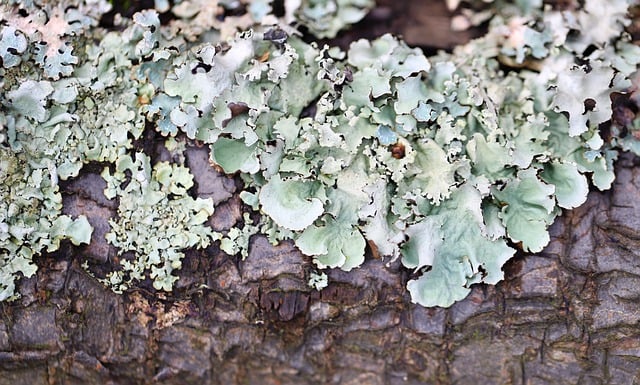Uncovering the Impact of Green Algae on Melting Environments: A Climate Change Concern
The sight of vivid green algae flourishing in our melting environments raises both intrigue and concern. As we increasingly confront the stark realities of climate change, it’s vital to recognize how these tiny organisms are influencing ecosystems and contributing to environmental shifts. With their vibrant hues, green algae might seem like a harmless, even beautiful, aspect of the natural world. Yet, their presence tells a profound story of our changing planet.
Green algae, particularly in freshwater and marine ecosystems, play a crucial role in balancing aquatic environments. They are primary producers, creating oxygen and serving as a food source for various aquatic life forms. However, with the rise of global temperatures, these organisms are engaging in a race against time, responding to changes in their environments with unexpected vigor. Warmer waters create an inviting habitat for green algae, leading to algal blooms that can have devastating effects on ecological balance.
As ice melts and sea levels rise, an influx of nutrients into waterways can trigger these blooms, resulting in an overabundance of green algae. This phenomenon disrupts the habitats of other aquatic species, leads to oxygen depletion in the water, and creates dead zones where life can no longer thrive. The swirling, lush green patches that can be mesmerizing from afar mask a grim reality: the disruption of entire ecosystems and the potential collapse of the fishing industries that depend on these waters.
Additionally, green algae are not only limited to freshwater ecosystems; they have begun to find new niches in marine environments as polar regions warm. This poses significant risks to coastal communities and habitats, further amplifying the challenges posed by climate change. The spread of green algae can result in harmful impacts on coral reefs, which are vital to marine biodiversity. As these delicate systems suffer, so too do the myriad of species that rely on them, creating a cascading effect throughout the marine food web.
Our connection to green algae extends beyond mere observation; it becomes a reflection of our collective environmental challenges. As citizens of this planet, we witness firsthand how changes in temperature and climate conditions ripple through the natural world, inviting us to take action. As conscientious stewards of the environment, we must advocate for practices that reduce nutrient runoff, protect vulnerable ecosystems, and address the underlying causes of climate change.
In the face of this climate crisis, the colorful presence of green algae serves as a reminder of both nature’s resilience and its vulnerability. It beckons us to consider our role in the equation and to acknowledge the profound impact we have on our environment. By fostering awareness and driving change, we can ensure that future generations inherit a planet where the balance between organisms like green algae and their environments remains intact.
As we navigate this landscape of melting environments, let the vibrant green hues be a clarion call for action—a call to protect the delicate systems that sustain life on Earth. The interplay between green algae and melting ecosystems is a microcosm of the larger struggle against climate change, urging us to confront our challenges with determination and purpose.



